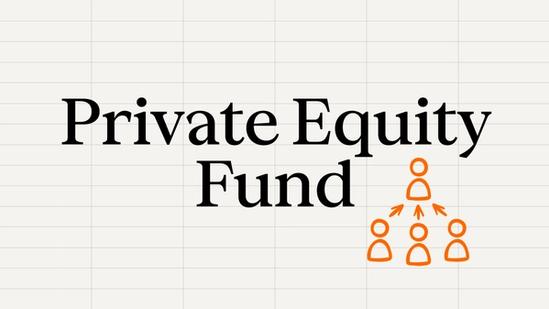Kristiaan Nieuwenburg: Inside the Black Box: How To Create a Private Market Strategy That Lasts


Private markets are competitive. To stay on top of the game, we require a sophisticated approach to creating lasting value – one that’s proven to work. EQT, a leading global investment firm, may just hold the blueprint.
At EQT, we start our value-creation process by seeking out the best industries to invest in. To do that, we first examine powerful megatrends – think sustainability, digitization, and changing demographics. Second, once we’ve selected some high-potential trends, we look at investment themes that relate to them. From there, we identify the industries and sub-sectors that we believe stand to see the biggest benefits from these trends.
As a few examples, you can imagine:
- Vertical software for riding the digitization wave
- Waste management for capitalizing on the recycling and reuse megatrend
- Advanced logistics real estate growing on the back of expanding e-commerce
When it comes to selecting specific companies, EQT likes to choose market leaders or proven challengers. National, regional, or global – they’re all on the table. It can be players with outstanding positions to niche markets. Above all, we go for quality. We’d rather buy a good company for a fair price than a fair company for a good price… Let alone a mediocre business on the cheap.

As soon as we own a company, our value-creation process picks up steam. That process is based on six key pillars: our proven governance model, industrial advisors, mobilization system, future-proofing, value creation toolbox, and full potential plan.
Governance is key for us. We carefully construct the board for each investment, starting with a chairperson who’s typically a former chief executive, not an EQT professional. Diversity, both in terms of identity and thought, is an important and serious consideration when developing any grouping within a business. We add board members who have deep sector knowledge or experience of the kind of transformations that we plan for the company. Then, we add one or two EQT partners, including the lead partner. The external board members invest their own capital so that everyone’s financial incentives are aligned.
“We prefer to reinvest the cash we generate into the business to support further growth rather than extract capital.”
Throughout the process, we hold regular portfolio performance reviews (PPR) to monitor progress. It’s important to remember that in our business, risks are taken every day. What’s more, we’re human, so we make mistakes. So whenever an investment isn’t going to plan, the PPR Committee steps up. That not only means extra advice but also more resources like funding and staff. Our philosophy is to troubleshoot, not cut and run.
Another crucial pillar of EQT’s investment strategy is our full potential plan (FPP), developed with and by management. We ask ourselves how far we could push the business in question, imagining fewer barriers and more investments. We typically identify three to five key “value creation levers”, where our efforts and funds could lead to a maximum return. The FPP process involves revisiting the company’s purpose, vision, and mission. We then assist the company with sharpening the strategy to achieve that mission.
Then, we have our toolbox. This is a digital document library, detailing the value creation strategies we can implement. Some of those documents harbor industry expertise, including playbooks we’ve tried and tested before. Others contain all of the knowledge we have on matters like procurement, talent, and salesforce effectiveness. We’ve developed the combination of our FPP and toolbox over the past 30 years, working by the Kaizen principle of continuous improvement.
Hence our returns are driven by sharpening strategy, accelerating investments, driving M&A, and embedding digitization and sustainability.
In the past three decades, about 50% of our returns were generated through sales growth. Circa 17% can be attributed to margin expansion, often the result of operating leverage and mix improvement, rather than pure cost-cutting. Debt reduction represents just a small part; we prefer to reinvest the cash we generate into the business to support further growth rather than extract capital.
About a fifth of our returns have been generated by multiple expansions. During our ownership of a company, we aim to steadily enhance the market positioning and financial profile of the business. That creates better companies that deserve higher valuations, and this is how we seek to create value.
Generating those attractive risk-adjusted returns is our job, and we take pride in doing it.
ThinQ by EQT: A publication where private markets meet open minds. Join the conversation – [email protected]



